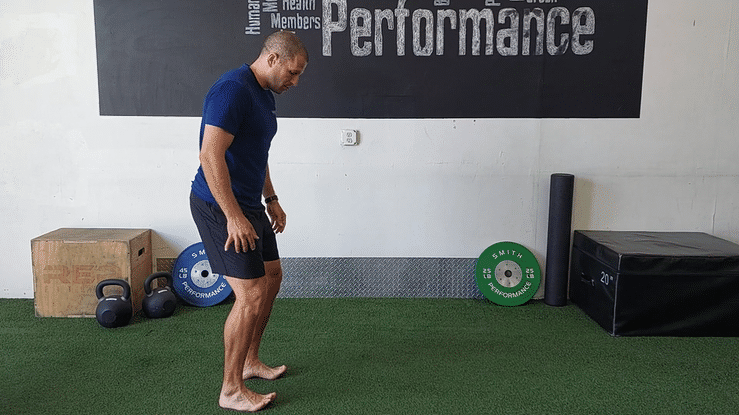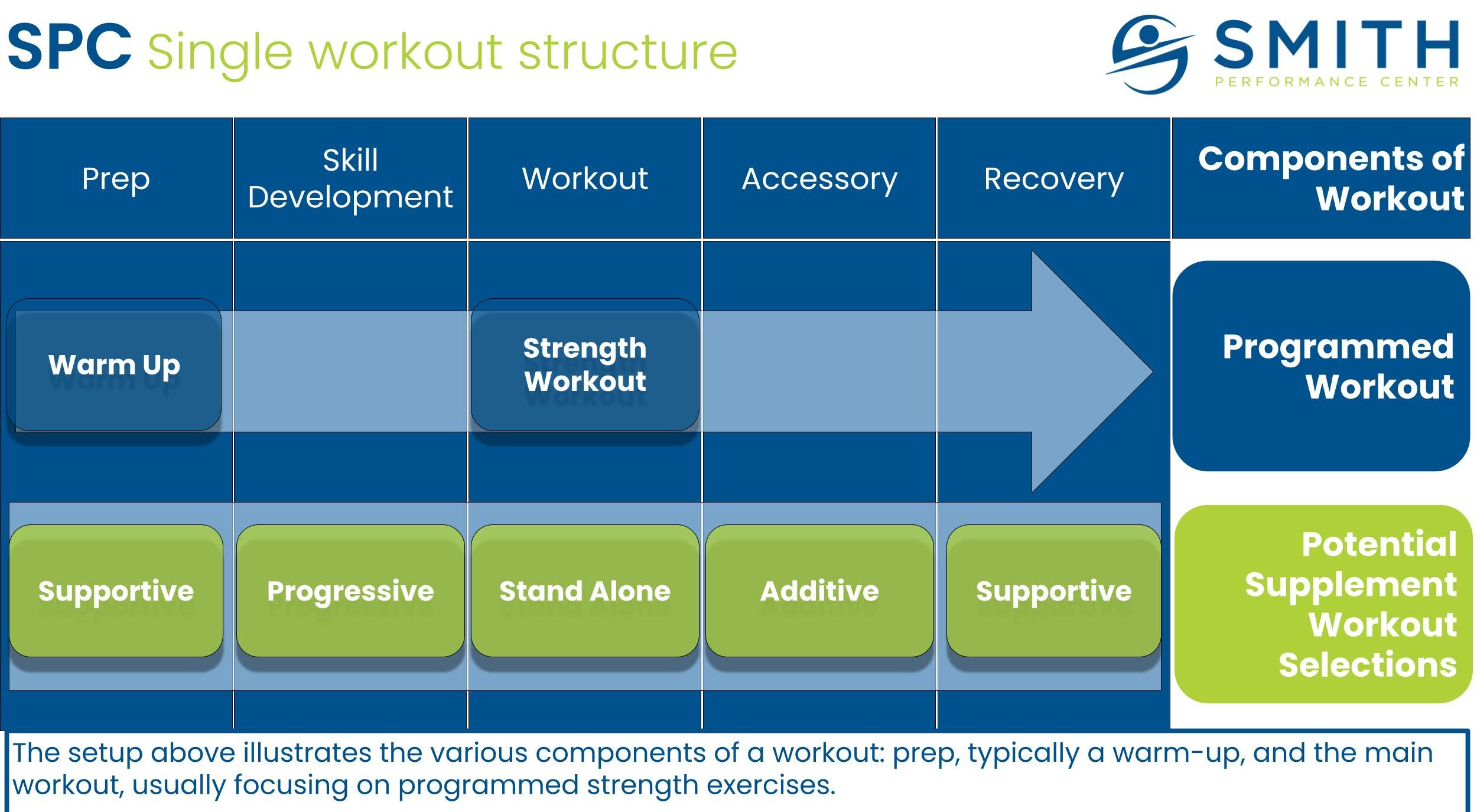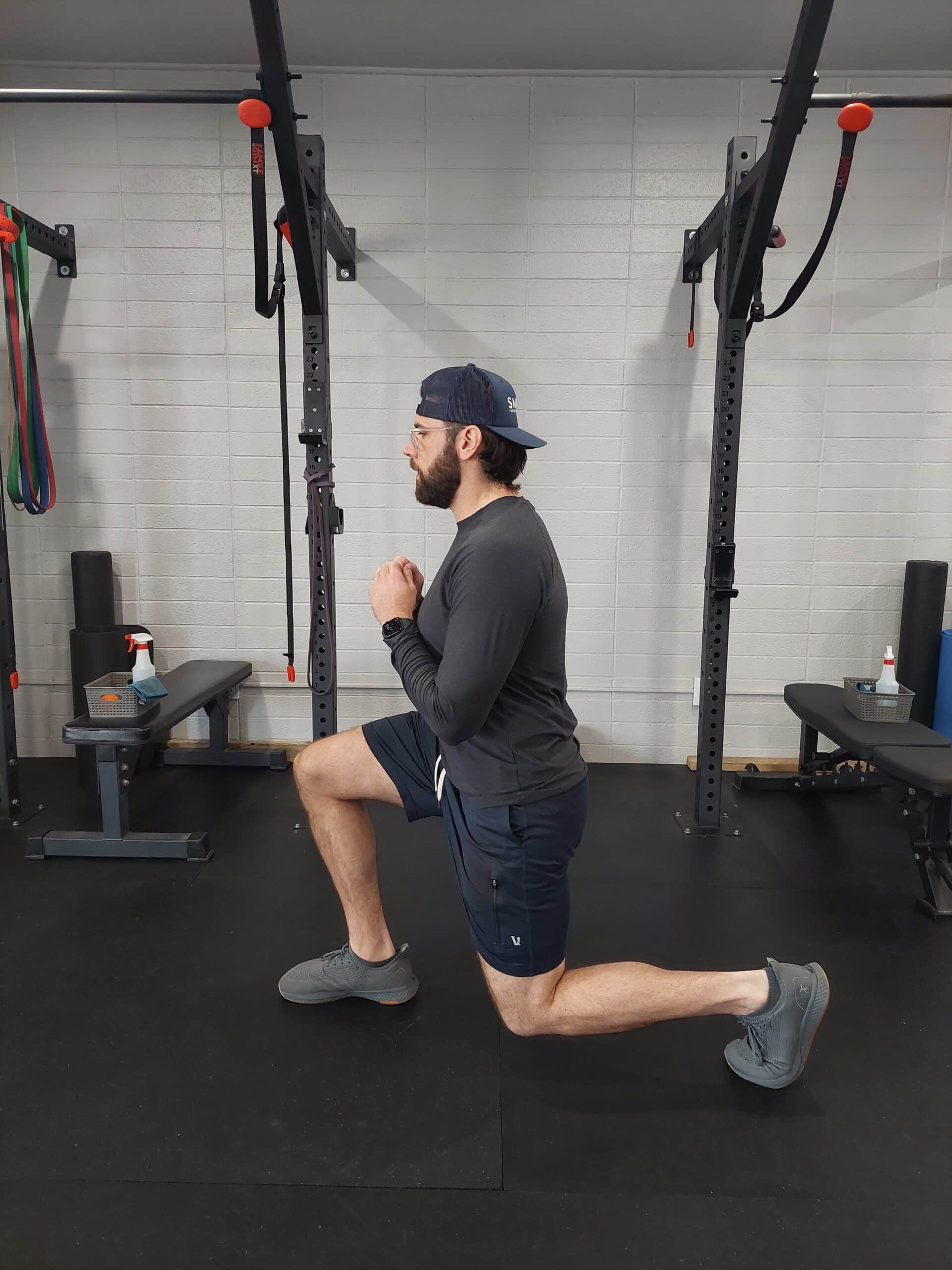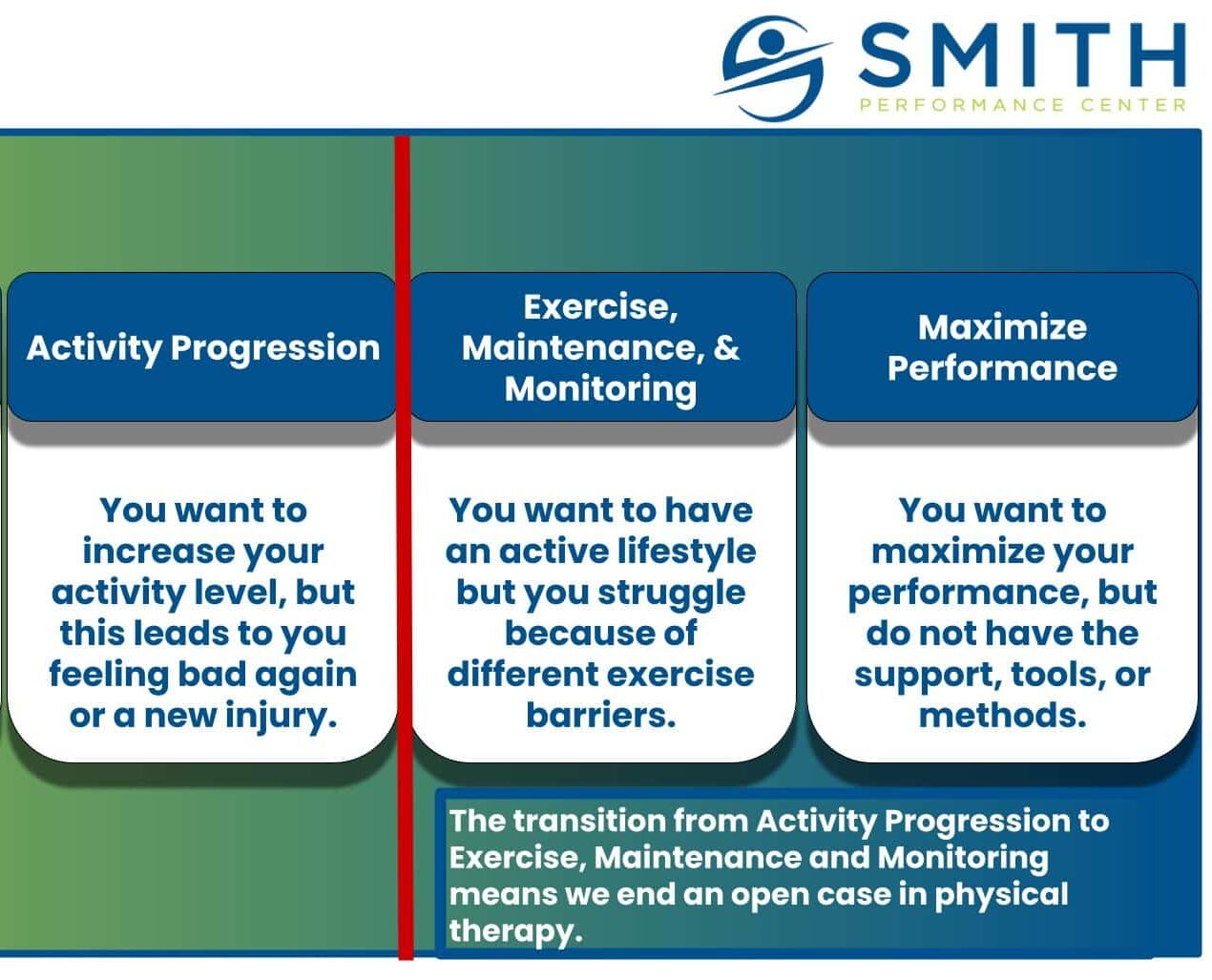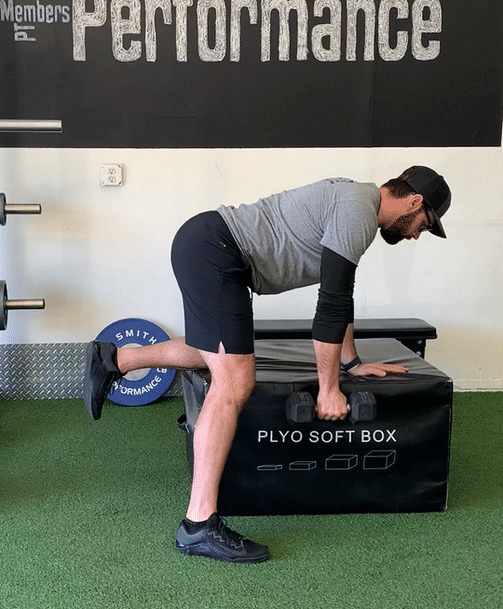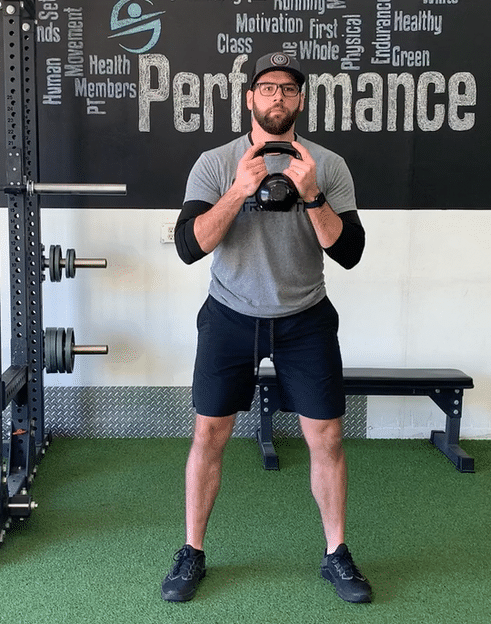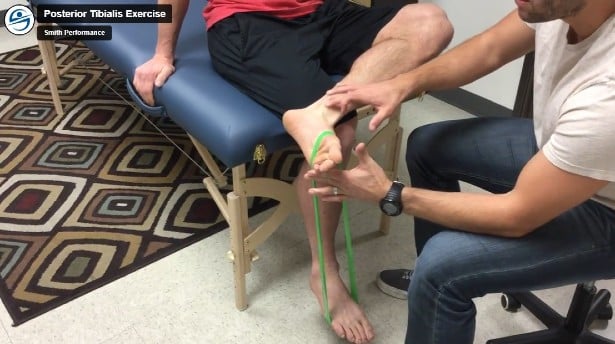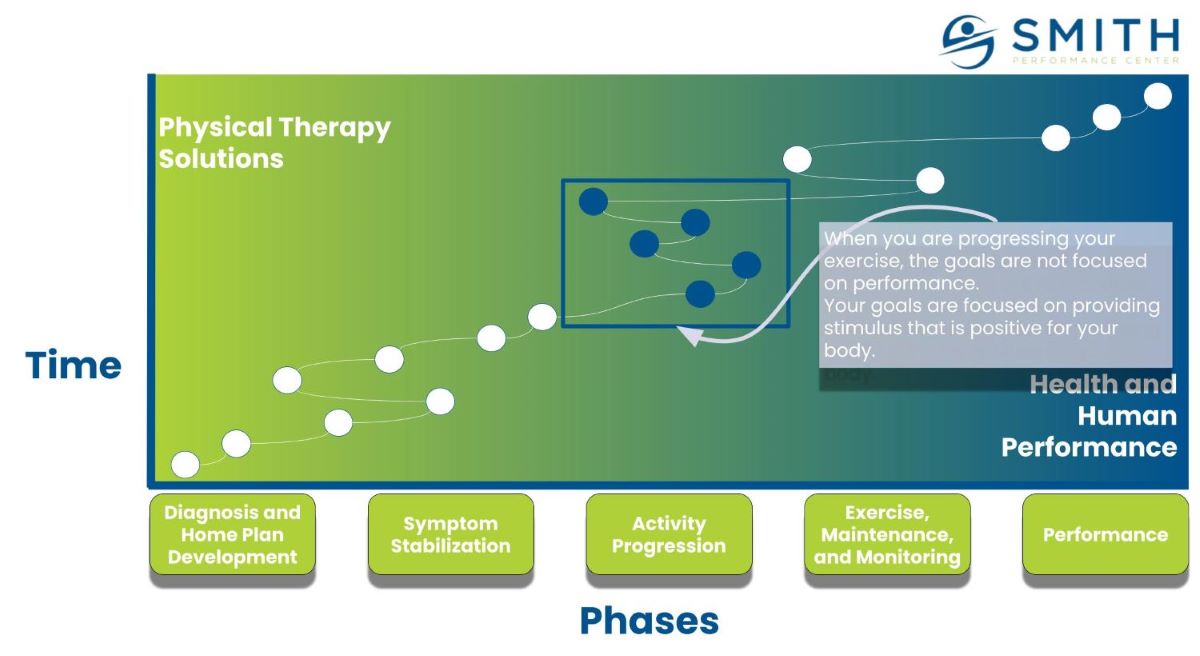
The Importance of Protein Consumption for Resistance Trained Individuals
Congratulations, you’ve embarked on the journey of resistance training. As you delve into the realm of exercise, one of the first topics you will hit is to up your protein intake. Unlike a few areas that may seem superfluous, it is an important area to get the right nutrients, with protein taking center stage. Here’s a brief overview to ensure you maximize the benefits of your training regimen through adequate protein consumption. Amount To optimize muscle growth and recovery, aim for a protein intake ranging between 1.6 to 1.8 grams per kilogram of body weight daily. This can be confusing, since we do not use the metric system on a daily basis, so we will show both grams to pounds ratio and grams per kilogram of body weight. Metric Imperial Example kg to lbs 1 kg 2.2 lbs 180 lbs man weighs 81.6 kg g to oz 1 gram 0.03

